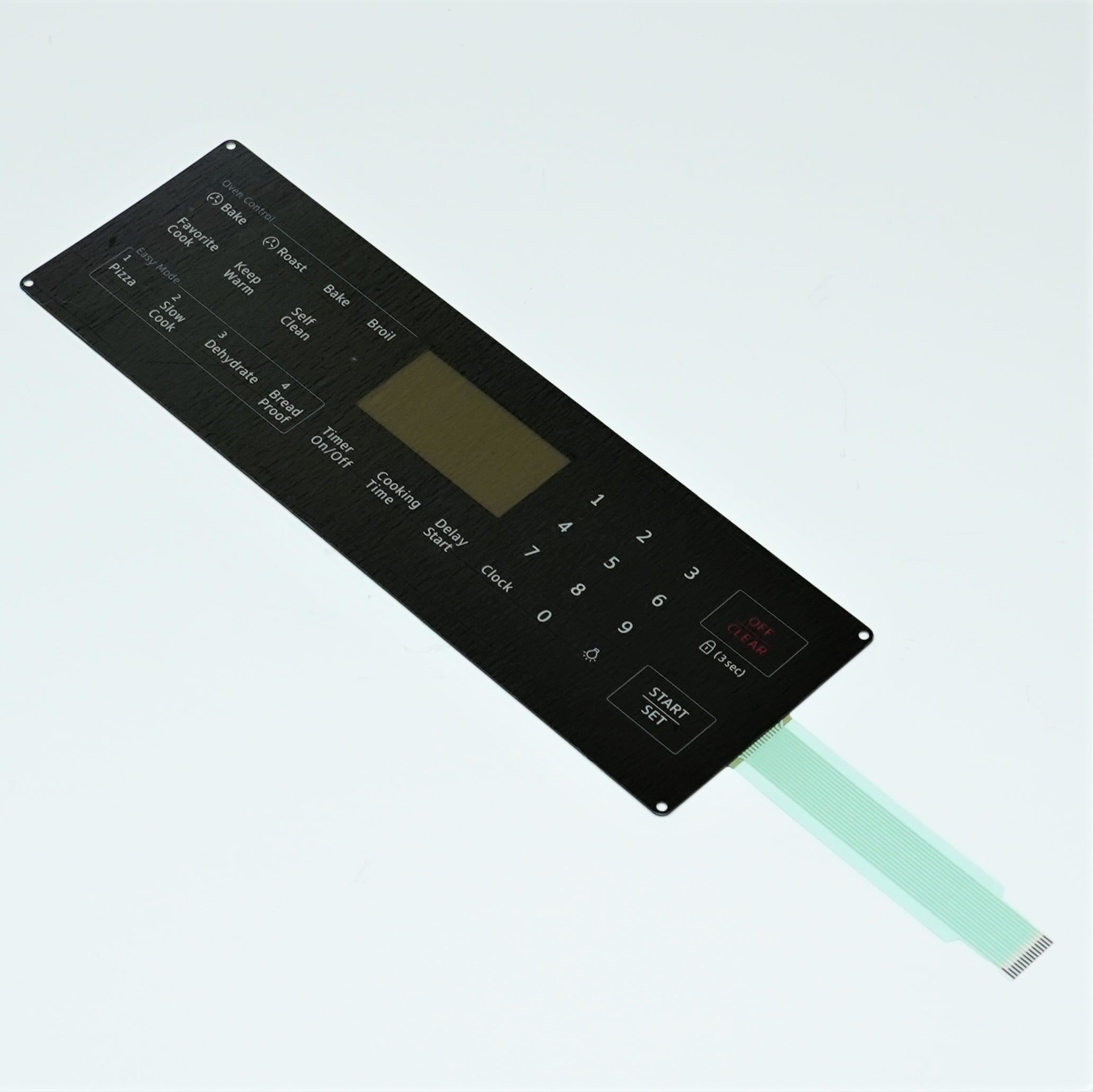Comprehending Membrane Layer Switches Over: The Key to Resilient and Trusted Controls

What Are Membrane Layer Switches?
Membrane switches are an innovative option in the realm of interface technology, combining performance and layout seamlessly. These devices serve as a user interface between users and electronic systems, integrating a number of components into a portable style. Generally created from versatile, thin layers of products, membrane buttons are developed to react to touch, making it possible for users to interact with equipment and electronic gadgets effectively.
The key components of a membrane layer button consist of a published circuit layer, graphic overlay, and a spacer layer that stops unplanned activation. The visuals overlay can be customized to reflect brand name identification or user choices, enhancing aesthetics while making certain use. Membrane buttons are generally used in different applications, consisting of medical tools, consumer electronic devices, and commercial equipment, owing to their resilience and resistance to environmental elements such as moisture and dust.
One of the crucial benefits of membrane switches is their capacity to hold up against damage, making them perfect for high-traffic settings. In addition, they are lightweight and call for minimal space, allowing for cutting-edge layouts in product advancement. Overall, membrane layer switches over stand for a functional and effective choice for contemporary electronic user interfaces, marrying technology with user-centric style concepts.
How Membrane Layer Changes Work
The procedure of membrane changes hinges on a straightforward yet efficient mechanism that converts user input into electronic signals. These buttons contain several layers, normally including a visuals overlay, a spacer layer, and a circuit layer. When a user presses the switch, the top layer warps, enabling a conductive aspect in the circuit layer to reach a corresponding conductive pad on the bottom of the visuals overlay. This get in touch with closes the circuit and sends an electronic signal to the device, suggesting that the button has actually been activated.
The style of membrane layer switches can vary, however they typically include domes or tactile elements to give comments to the user, improving the total experience - membrane switch. The products utilized in membrane layer switches, such as polyester or polycarbonate, add to their durability and resistance to ecological factors, consisting of wetness and dust. In addition, the printed circuits are usually encapsulated, which protects them click over here from wear and tear in time.
Benefits of Membrane Buttons

Additionally, membrane switches are known for their resilience. Created from robust materials, they are resistant to dirt, moisture, and physical wear, which considerably expands their lifespan contrasted to typical mechanical buttons. This longevity makes them particularly appropriate for high-traffic atmospheres and applications needing durability.
One more significant advantage is the convenience of cleansing and maintenance. The smooth surface area of membrane layer switches decreases dirt buildup and is frequently unsusceptible spills, making them suitable for setups that require constant sanitization.
Furthermore, membrane layer switches supply a streamlined account, leading to a thinner design that can be incorporated right into different gadgets without including bulk. This attribute not just enhances the aesthetic appeal however likewise adds to an extra see it here ergonomic item style.
Applications of Membrane Switches
Functional and user-friendly, membrane layer buttons find applications throughout a broad array of markets, including clinical gadgets, consumer electronics, and industrial devices. In the clinical area, these buttons are indispensable to tools such as diagnostic devices, patient surveillance systems, and mixture pumps, where reliability and ease of cleaning are essential. Their capacity to keep and endure extreme atmospheres performance makes them ideal for such applications.

In consumer electronic devices, membrane layer switches are made use of in items like microwaves, washing machines, and push-button controls - membrane switch. Their streamlined design permits for instinctive interface, improving the general individual experience while offering longevity and resistance to damage
Commercial devices also benefits from membrane switches, specifically in control panels for equipment and automation systems. These buttons provide security against dust and wetness, guaranteeing constant efficiency in challenging settings. Their customizable attributes allow manufacturers to tailor them to details functional requirements, improving effectiveness and performance.
Selecting the Right Membrane Layer Switch Over
When selecting more information a membrane switch, it is important to consider different variables that influence efficiency and suitability for certain applications. The key factors to consider include environmental conditions, tactile comments, longevity, and layout specifications.
First, evaluate the operating environment; switches exposed to dampness, chemicals, or extreme temperature levels require particular products to make sure longevity and functionality. Next, review the requirement for tactile comments. Depending on individual interaction, some applications might gain from a tactile action to validate activation, while others might choose a non-tactile style for visual reasons.
Resilience is an additional essential variable; membrane switches ought to be created to stand up to constant use, impacts, and abrasion. Ensure the selected button can sustain the expected lifecycle, specifically in high-usage scenarios.

Final Thought
In conclusion, membrane layer switches over serve as necessary elements in the layout of long lasting and trusted control systems throughout different markets. The flexibility of membrane layer changes permits for tailored options that fulfill details operational needs, enhancing their significance in modern-day technology.
Membrane layer switches over stand for a crucial facet of modern-day user interface style, mixing performance with strength in numerous applications.Membrane buttons are a sophisticated service in the world of individual interface innovation, combining performance and design flawlessly. Normally built from versatile, slim layers of materials, membrane buttons are created to react to touch, making it possible for users to interact with machinery and digital tools properly.
The layout of membrane layer buttons can vary, yet they often integrate domes or tactile elements to provide responses to the individual, improving the general experience.In conclusion, membrane layer switches over serve as important components in the style of sturdy and trustworthy control systems across different sectors.